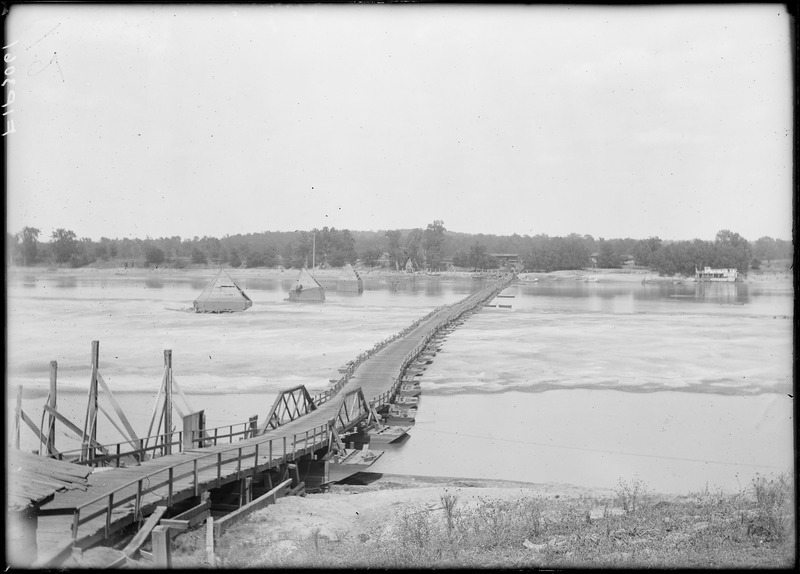
 1
1




Please give me your thoughts on my Affordable, double-paned earthbag window concept


















 4
4




Some places need to be wild

 3
3




For all your Montana Masonry Heater parts (also known as) Rocket Mass heater parts.
Visit me at
dragontechrmh.com Once you go brick you will never go back!
 3
3




If there is one thing the Wizard of Oz has taught me, it is not to trust school teachers on bicycles.




 4
4




For all your Montana Masonry Heater parts (also known as) Rocket Mass heater parts.
Visit me at
dragontechrmh.com Once you go brick you will never go back!
 2
2




thomas rubino wrote:A big enough tree, completely covered by the house. I would expect it to last 50 -100 years.
Little trees exposed to the weather just would not last in the long game.
If Robs yurt is a 5-10 year temporary structure, then they might last.
I guess small concrete piers could be installed a few years from now, when the stumps start to fail.
“It’s said war—war never changes. Men do, through the roads they walk. And this road—has reached its end.”
 1
1








Invasive plants are Earth's way of insisting we notice her medicines. Stephen Herrod Buhner
Everyone learns what works by learning what doesn't work. Stephen Herrod Buhner
 4
4




Aim High. Fail Small.
Repeat.
 5
5





 1
1




Please give me your thoughts on my Affordable, double-paned earthbag window concept

















 3
3








John Daley Bendigo, Australia The Enemy of progress is the hope of a perfect plan
Benefits of rainfall collection https://permies.com/t/88043/benefits-rainfall-collection
GOOD DEBT/ BAD DEBT https://permies.com/t/179218/mortgages-good-debt-bad-debt
 1
1





|
I need a new interior decorator. This tiny ad just painted every room in my house purple.
The new gardening playing cards kickstarter is now live!
https://www.kickstarter.com/projects/paulwheaton/garden-cards
|








